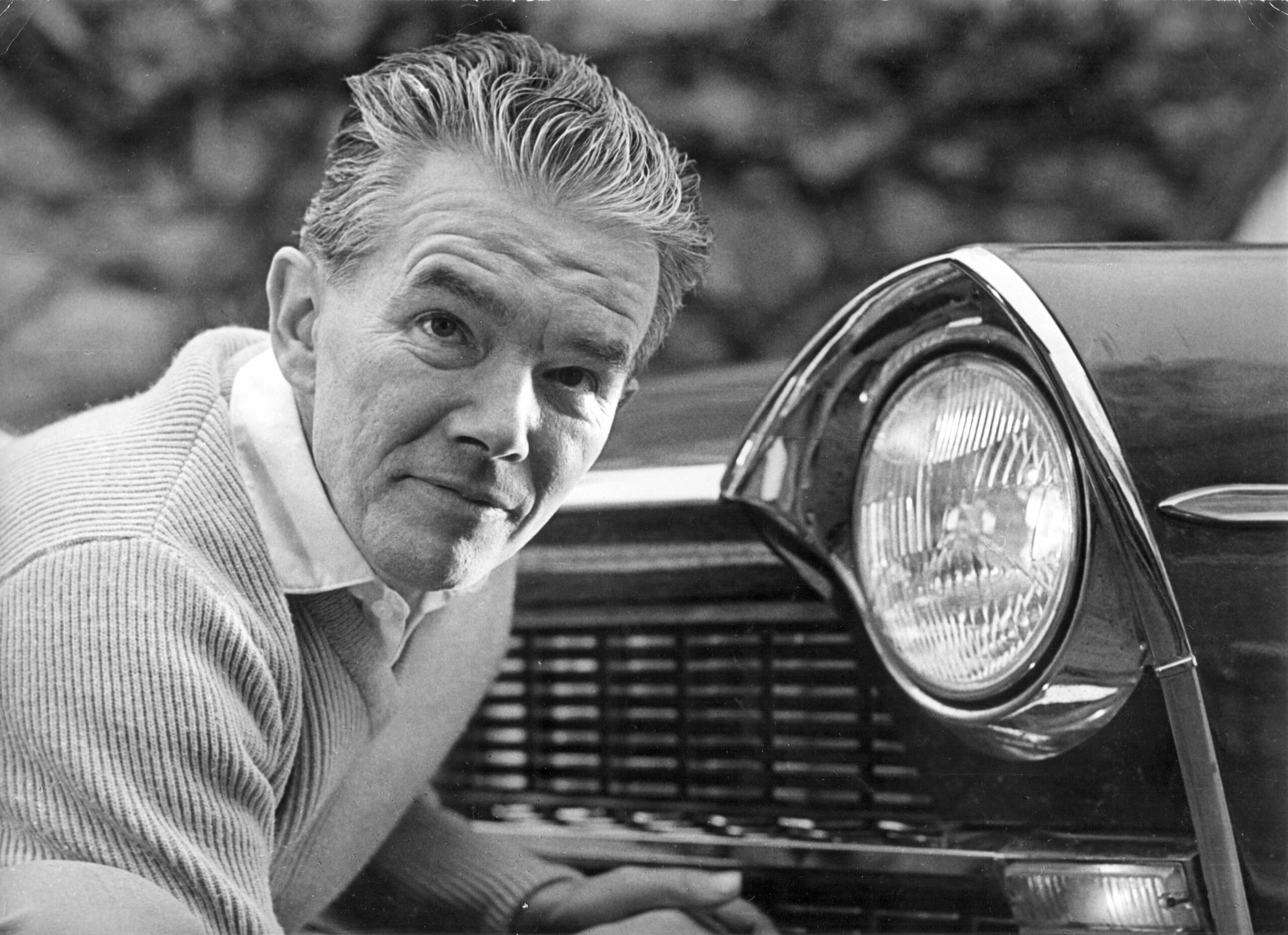
It is almost certain that will be a first Italian performance, that of “Balletti a 9” by Jan Novák, which I will conduct at the Sala Filarmonica in Rovereto on Wednesday 8 December. This is also confirmed by Clara Novakova, one of the daughters of the composer, now professor of flute at Soochov University in Suzohu, China, and among those who with the Kammerensemble de Paris conducted by Armin Jordan have made the only available recording of this truly brilliant work.
Jan Novák was a Czechoslovakian composer who, from 1968 to 1977, lived in Italy, based in Rovereto: disappointed by the failure of the “Prague Spring”, he sought serenity for himself and for his family in this part of Trentino. In 1977 he decides to move again, destination New Ulm, in the old West Germany, where he will reside until his death in 1984. However, before leaving our country he expressed the desire to be buried in Rovereto.
On the occasion of the centenary of his birth, which took place in Nová Řiše in 1921, the city of Rovereto bestows him an important memory: a round table and two concerts, to which I’m happy to participate, also in consideration of the particularity of Novák’s production, little known but with some goodies, such as the “Balletti a 9”. Especially since the names of Aaron Copland and Bohuslav Martinů appear in the formation of this musician.
The ensemble of the “Ballets a 9” – composed by Novák in 1955, commissioned by the Czech Nonet, for the Prague Spring Festival in 1956 – includes flute, oboe, clarinet, horn, bassoon (in that order in the score), violin, viola, cello and double bass; the writing plays from the beginning to the end of the work on polyrhythm and on the continuous shifting of accents and of the meter, but in an architecture that is always organized, lucid and clear. The four movements are distinguished by character, themes and orchestration: an opening Allegro molto, a tripartite Moderato to follow, the short Lento and a final Vivo.
The excellent musicians on stage with me are Anna Boschi flute, Paolo Vivaldelli oboe, Marco Bruschetti clarinet, Stefano Rossi horn and Francesco Fontolan bassoon; strings: Andrea Ferroni violin, Klaus Manfrini viola, Lorenza Baldo cello and Angelica Gasperetti double bass.
Again Novák again in Rovereto, a few days later: at the Teatro Zandonai, Sunday 12, I will conduct the Orchestra Junior in the “Puerilia”, an orchestral version of the didactic pieces for piano, composed in 1970.


